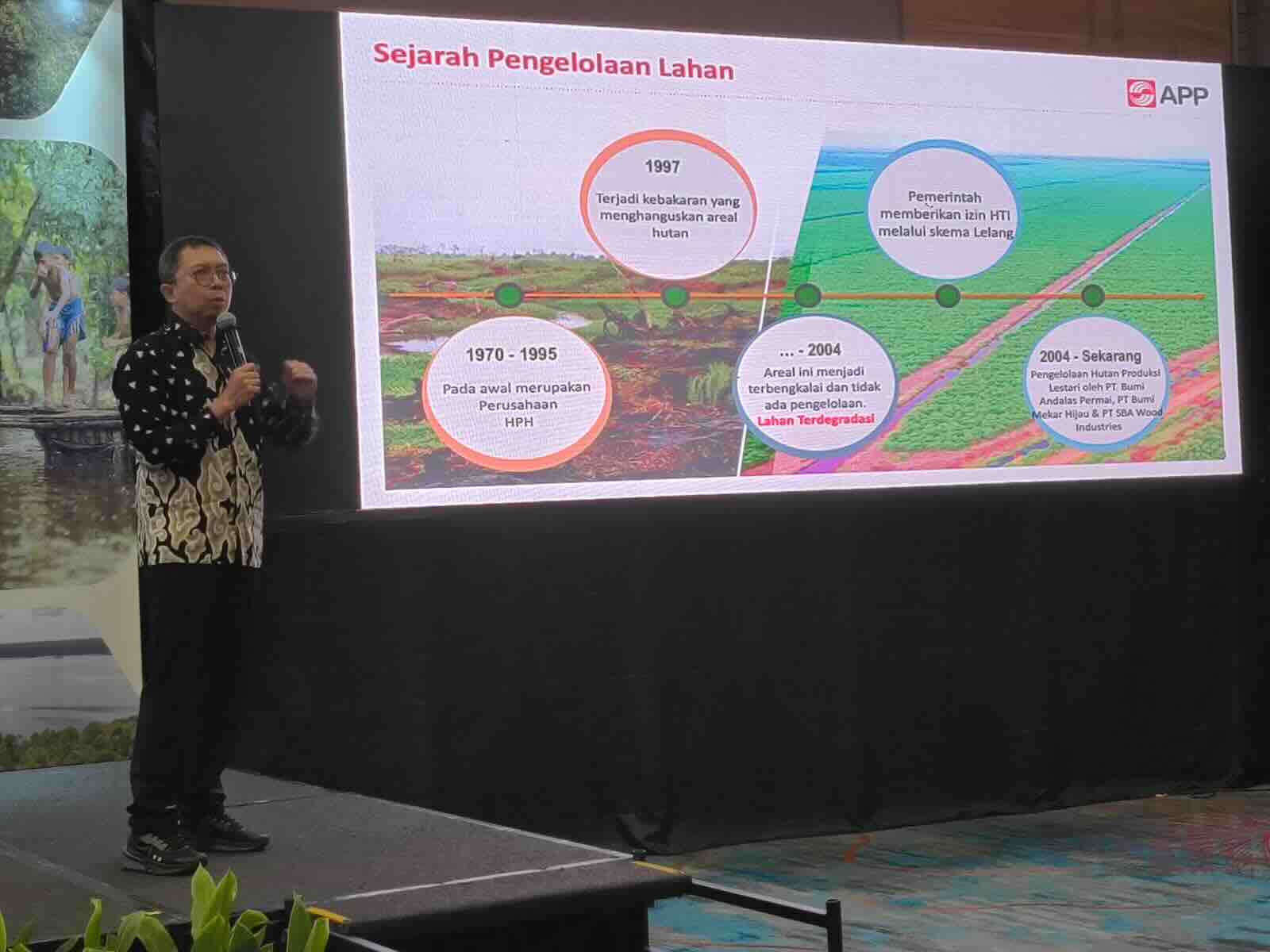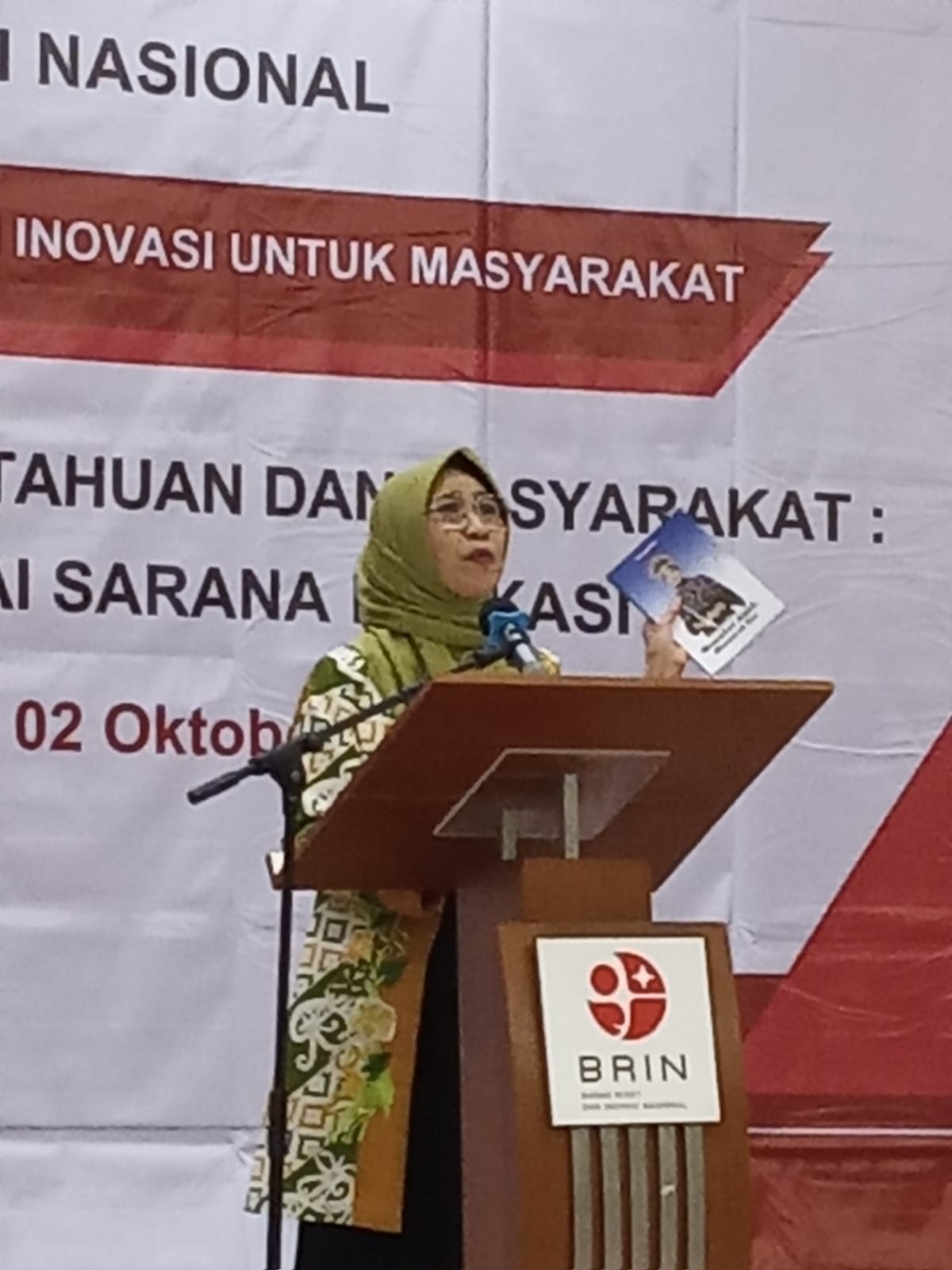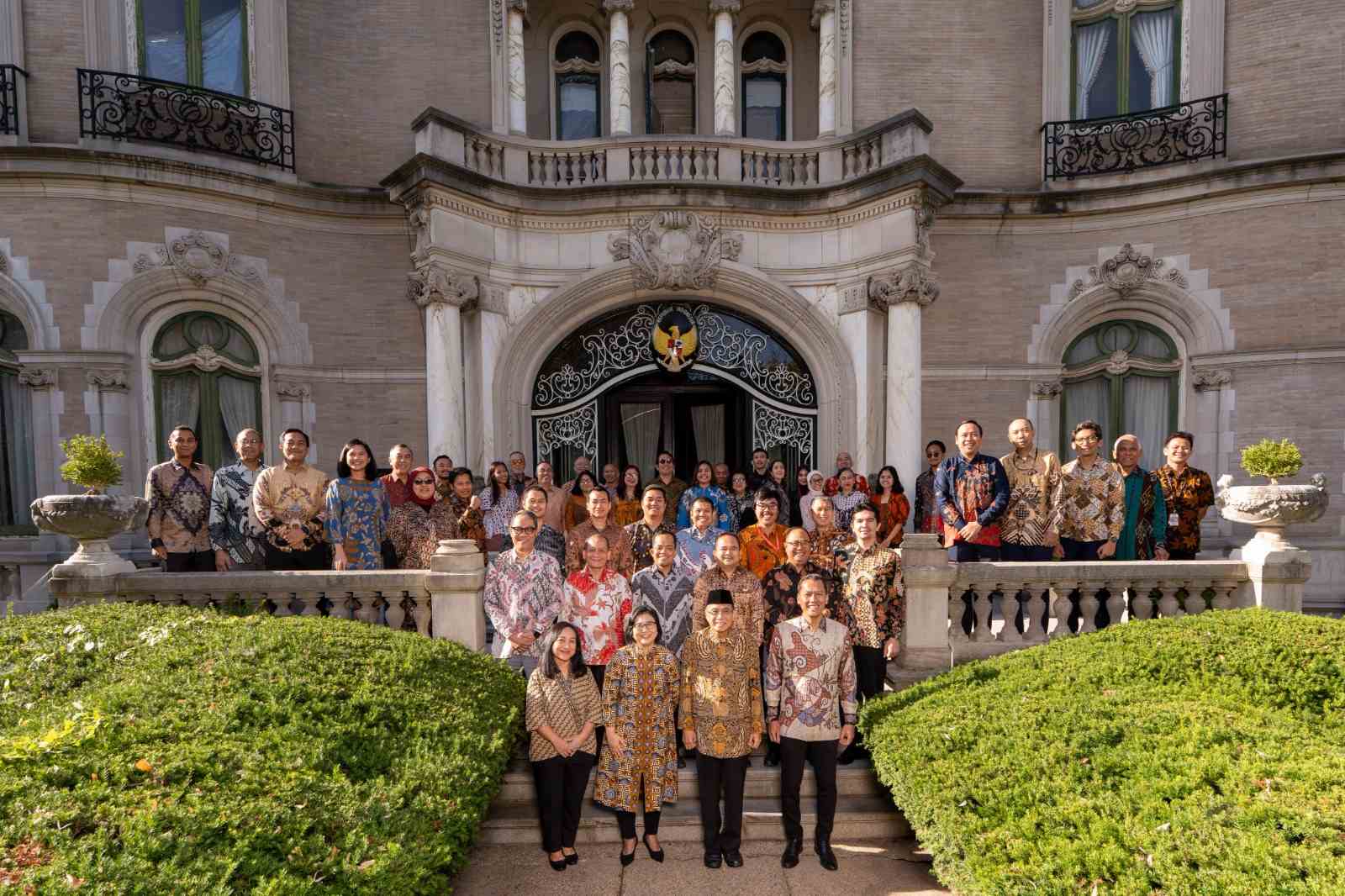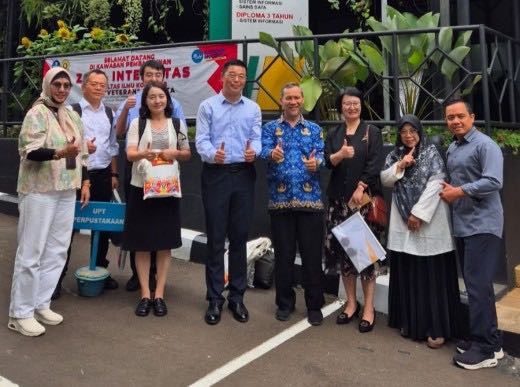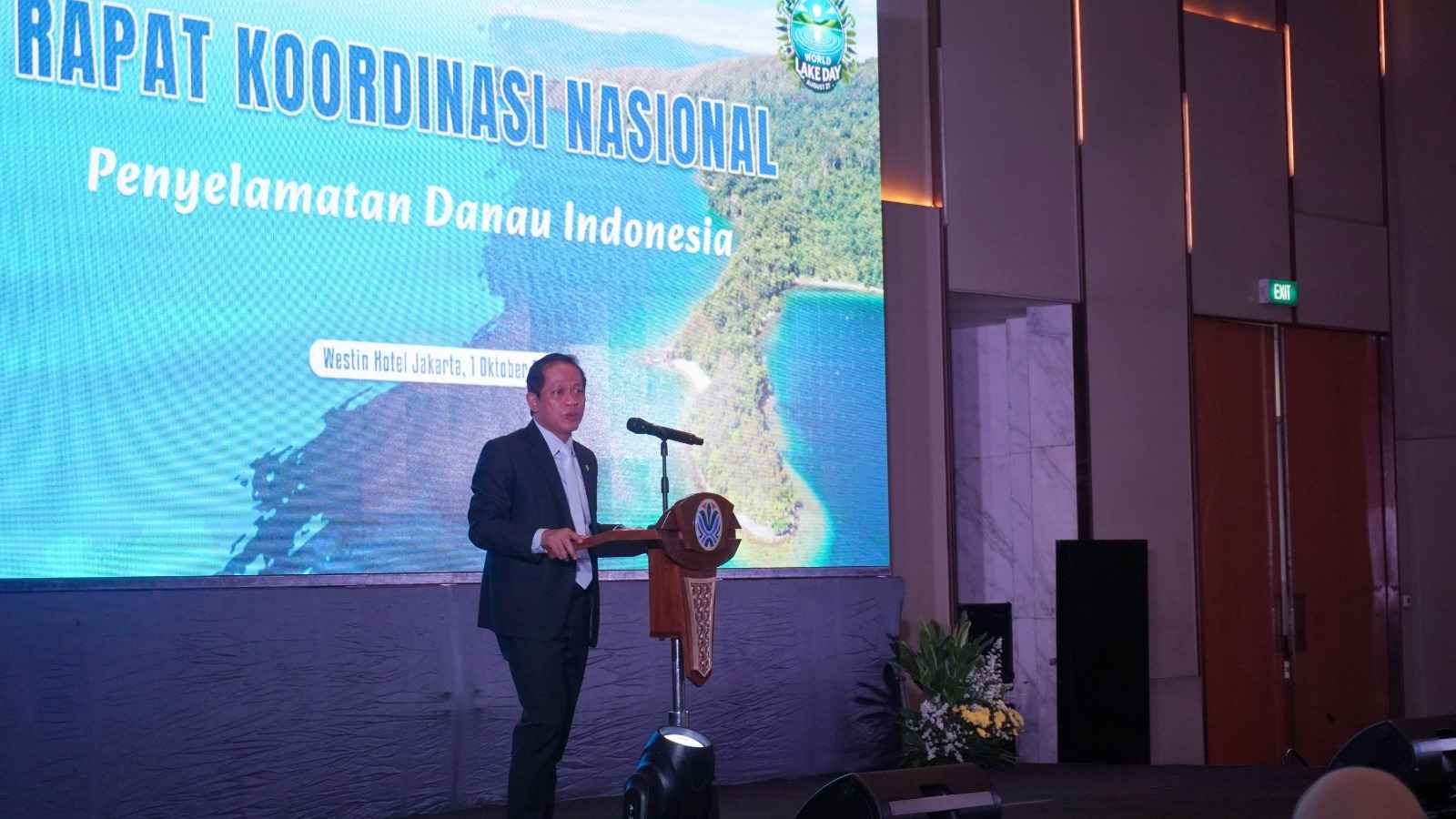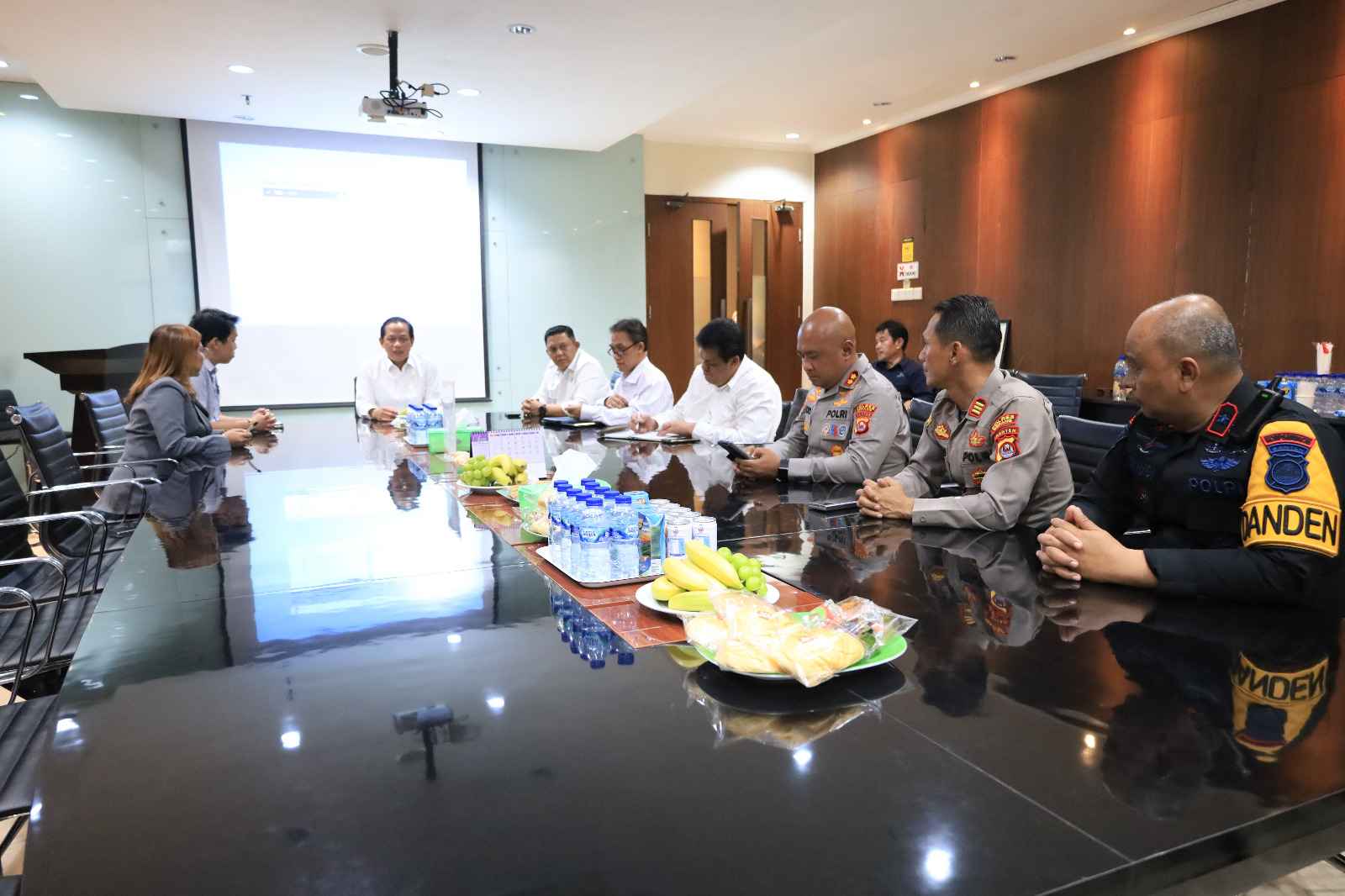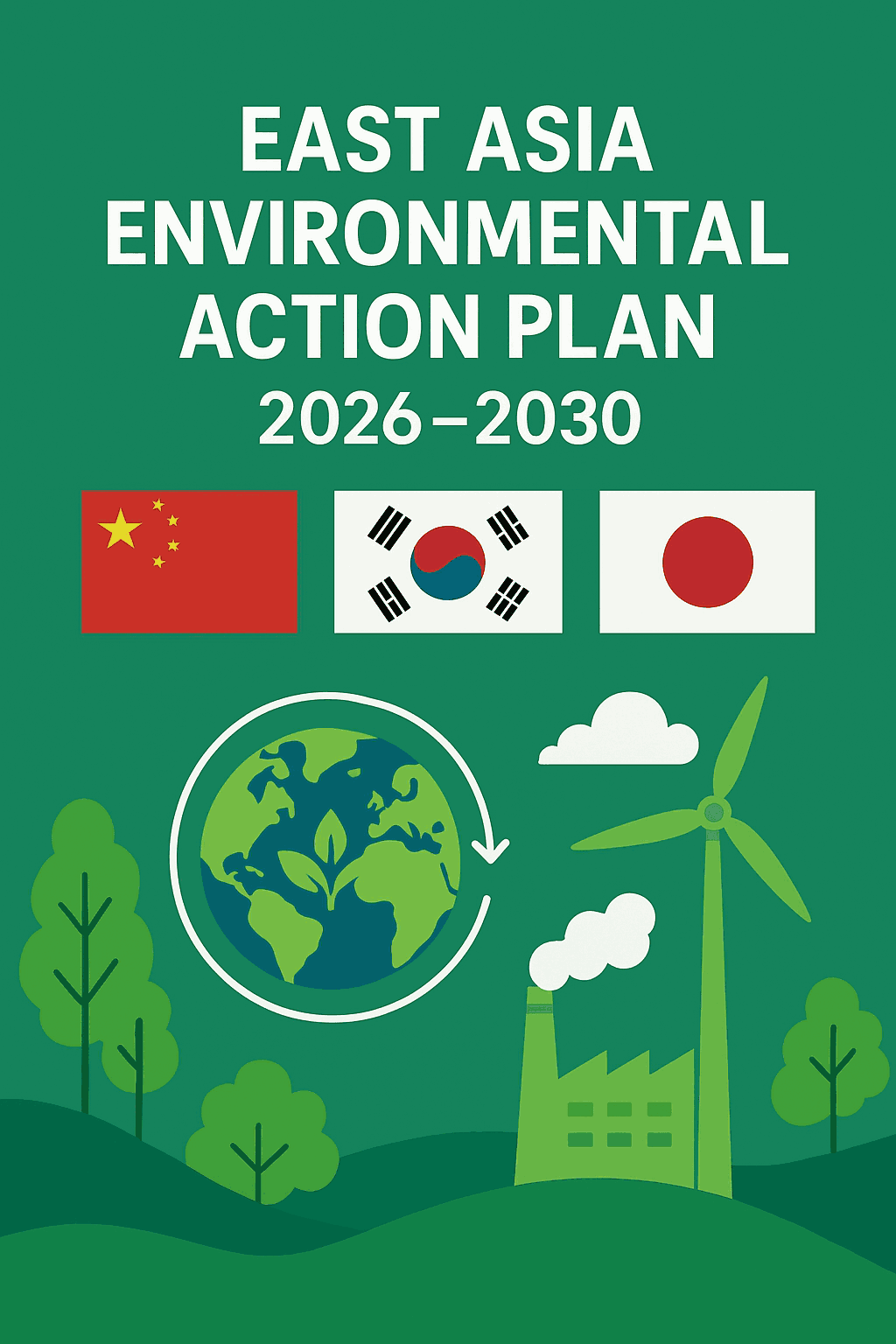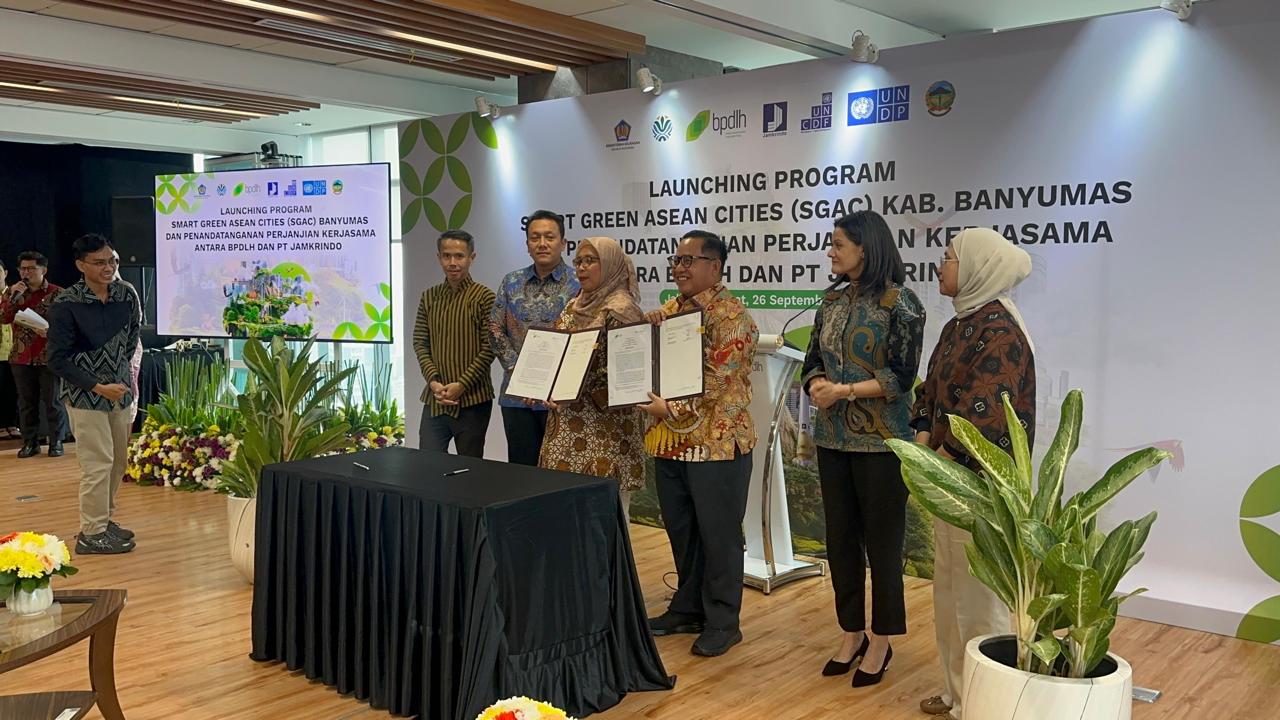Enviro News Asia, Jakarta — Indonesia’s Minister of Environment and Head of the Environmental Control Agency (KLH/BPLH), Hanif Faisol Nurofiq, called on stakeholders from the plantation, mining, and forestry sectors to collaborate in restoring peatland and mangrove ecosystems. Hanif made the appeal during a meeting at Pullman Hotel, Central Park Jakarta, on Thursday (Oct. 2).
“These are two specific mandates under Indonesian law that the government must address with utmost seriousness,” Hanif stated.
Indonesia is home to 13.4 million hectares of peatlands or 24 million hectares when accounting for the entire peat hydrological area. Meanwhile, mangrove ecosystems cover 3.34 million hectares, with an additional 750,000 hectares identified as potential for rehabilitation. Both ecosystems, he explained, store vast carbon reserves and serve as natural buffers against climate change. Indonesia’s peatlands alone are estimated to hold up to 56 gigatons of CO2.
The government has set a target to restore 3.31 million hectares of degraded peatlands, spanning areas of “other land uses” (APL), state forest zones, concession buffer zones, and corporate restoration obligations. For mangroves, the target includes rehabilitating 750,000 hectares of potential areas. Hanif emphasized the importance of involving communities through the establishment of Desa Mandiri Peduli Gambut (DMPG), or Peatland-Care Independent Villages, with a target of 2,354 villages around 1,450 of which will require stakeholder support as they are located within concession buffer zones.
“Collaboration is key. No single actor can tackle environmental challenges alone,” Hanif stressed.
During the same forum, APP Group presented its contributions to peatland ecosystem restoration in the Sugihan–Lumpur Peat Hydrological Unit (KHG) in Ogan Komering Ilir Regency, South Sumatra. Iwan Setiawan, Deputy Director of Corporate Strategic & Relations at APP Group, explained that since 2004 the company has managed degraded, fire-prone areas into more productive landscapes.
Efforts have included the construction of 3,562 canal blocks, development of micro water management systems, and revegetation of peat dome summits with native species such as meranti, jelutung, and pulai. The company also supports the protection of the critically endangered Sumatran elephant in the Sugihan–Simpang Heran landscape through GPS collar monitoring, food enrichment programs, and community education on human–wildlife conflict mitigation.
Community empowerment initiatives cover demonstration plots for rice and maize cultivation, nurseries for native timber species for watershed rehabilitation, and the production of organic fertilizers. To prevent land and forest fires, the company has implemented Integrated Fire Management supported by 599 personnel, 26 fire towers, 4 helicopters, 38 fire trucks, and Masyarakat Peduli Api (MPA) or Fire-Aware Community groups across seven villages. (*)




